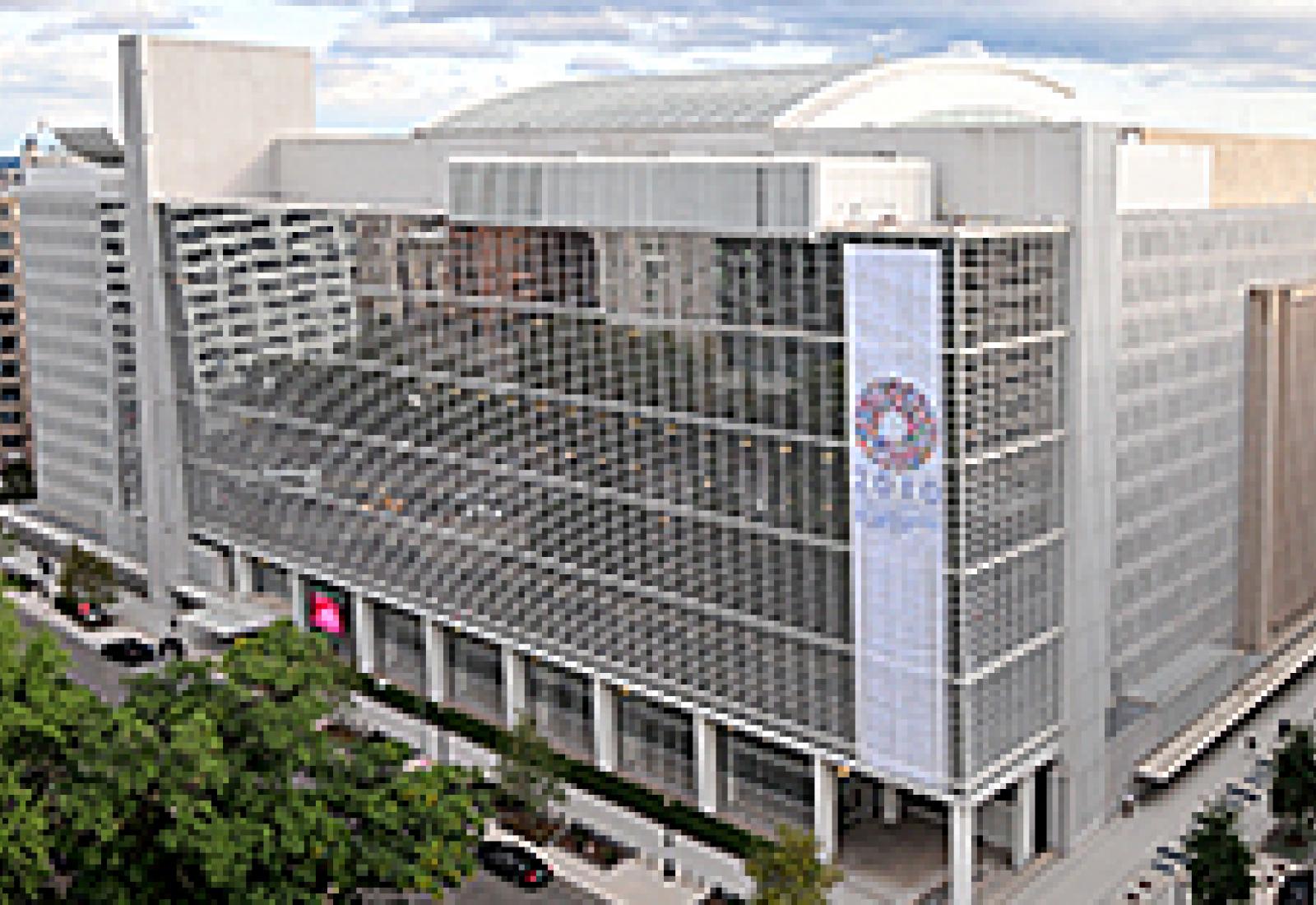
Santander Central Bank Mandatory Reserves Coverage (Peru)
Project description
On June 27, 2018, MIGA agreed to issue up to $246,645,324.82 in guarantees covering equity and quasi-equity investments that Banco Santander S.A. (Santander) has in its subsidiary in Peru, Banco Santander Peru S.A. (Santander Peru). The guarantees are issued for up to seven years against the risk of expropriation of funds.
Spain-based Banco Santander is one of the largest global financial institutions in the world in terms of market capitalization with retail and commercial operations in countries across Europe, Latin America, and North America. Its subsidiary banks abroad are required to maintain reserves at the central banks in their respective jurisdictions, based on the volume of customer deposits that these subsidiaries have. Mandatory reserves contribute to Santander’s overall risk-weighted assets (RWA) at the consolidated level, resulting in less headroom for other assets at a given level of capital.
Environmental Categorization
This project is a Category FI-1 project according to MIGA’s Policy on Environmental and Social Sustainability. Santander Peru provides finance to clients in the corporate segment, ranging from medium-sized enterprises to project finance and corporate loans.
MIGA analyzed the portfolio of Santander Peru for types of transactions, tenor, size, industry sectors, and exposure to MIGA’s Exclusion List. As of May 2018, the largest industry sectors in Santander Peru’s portfolio are construction, oil and gas, and mining. The main E&S risks of this project are associated with the bank’s lending activities in high risk sectors and its capacity to manage these risks. The applicable environmental and social requirements are MIGA’s Exclusion List; applicable national social and environmental laws and regulations; and MIGA’s Performance Standards.
MIGA assessed Santander Peru’s existing environmental and social management system (ESMS) and labor practices against the requirements of Performance Standards 1 and 2. Santander Group is signatory to the Equator Principles that constitute E&S assessment for project and corporate financing benchmarked to the Performance Standards. As part of its commitment to the Equator Principles, Santander reports annually on the total number of project finance transactions and total number of project related corporate loans that reached financial close considering appropriate confidentiality considerations. Santander also submits project name data of project finance transactions directly to the Equator Principles Association for publication on their website. Santander Peru’s ESMS is aligned with the Equator Principles and Santander Group’s corporate policies. These define Santander Peru’s general sustainability principles and management of E&S risks, which is materially in line with the requirements of Performance Standard 1.
MIGA also considered the emergency response plan of Santander Peru as part of the management system which was determined to be adequate. Human resources and labor practices are aligned with the requirement of MIGA’s Performance Standard 2 on Labor and Working Conditions.
Based on MIGA’s review and applicable performance requirements, an environmental and social action plan (ESAP) will be agreed with Santander Peru for implementation within an agreed timeframe. The ESAP will be expected to contain the following items: (1) Revise and update the ESMS to incorporate MIGA’s applicable requirements regarding the application of the Performance Standards to project finance and corporate loans; (2) Implement a training program for staff on environmental and social management; and (3) Implement a procedure for external communications to screen and assess the issues raised by the public through its open channel and document responses; Santander Peru will report periodically to MIGA on the implementation of the ESMS, application of the Performance Standards to project finance and corporate loans, and its portfolio.
Development impact
The aim of MIGA’s proposed guarantees is to help Santander reduce the risk of some of its assets, which would lead to a reduction in the group’s RWA on a consolidated bagroup’s RWA on a consolidatedsis. The RWA capacity that is freed up is expected to be used by Santander Peru to extend more credit in Peru, including credit and other financial instruments to support infrastructure investments in the country, thereby supporting growth and employment in Peru. The RWA capacity that is freed up is expected to be used by Santander Peru to extend more credit in Peru, including credit and other financial instruments to support climate finance and infrastructure investments in the country. This is in turn expected to support economic growth and employment in Peru, as well as to have a positive impact in a country among the most vulnerable to climate change impacts.
MIGA’s proposed coverage to Santander is aligned with the World Bank Group’s strategy for Peru, as it seeks to support sustainable private sector investments in the country, thereby contributing to “Productivity for Growth”, the first pillar of the World Bank Group Country Partnership Framework for Peru (FY17-FY21).





